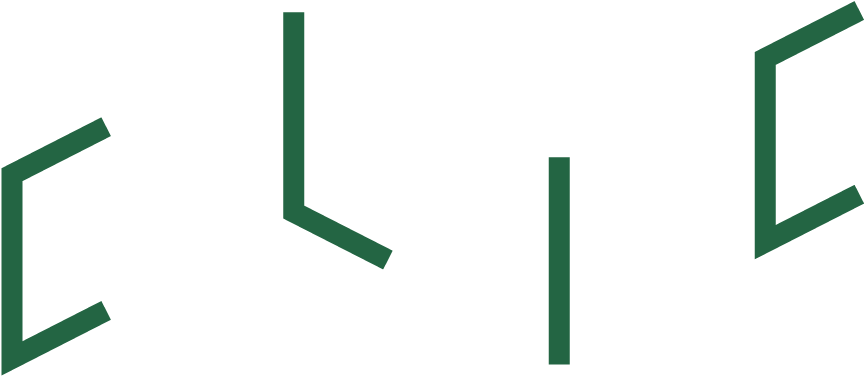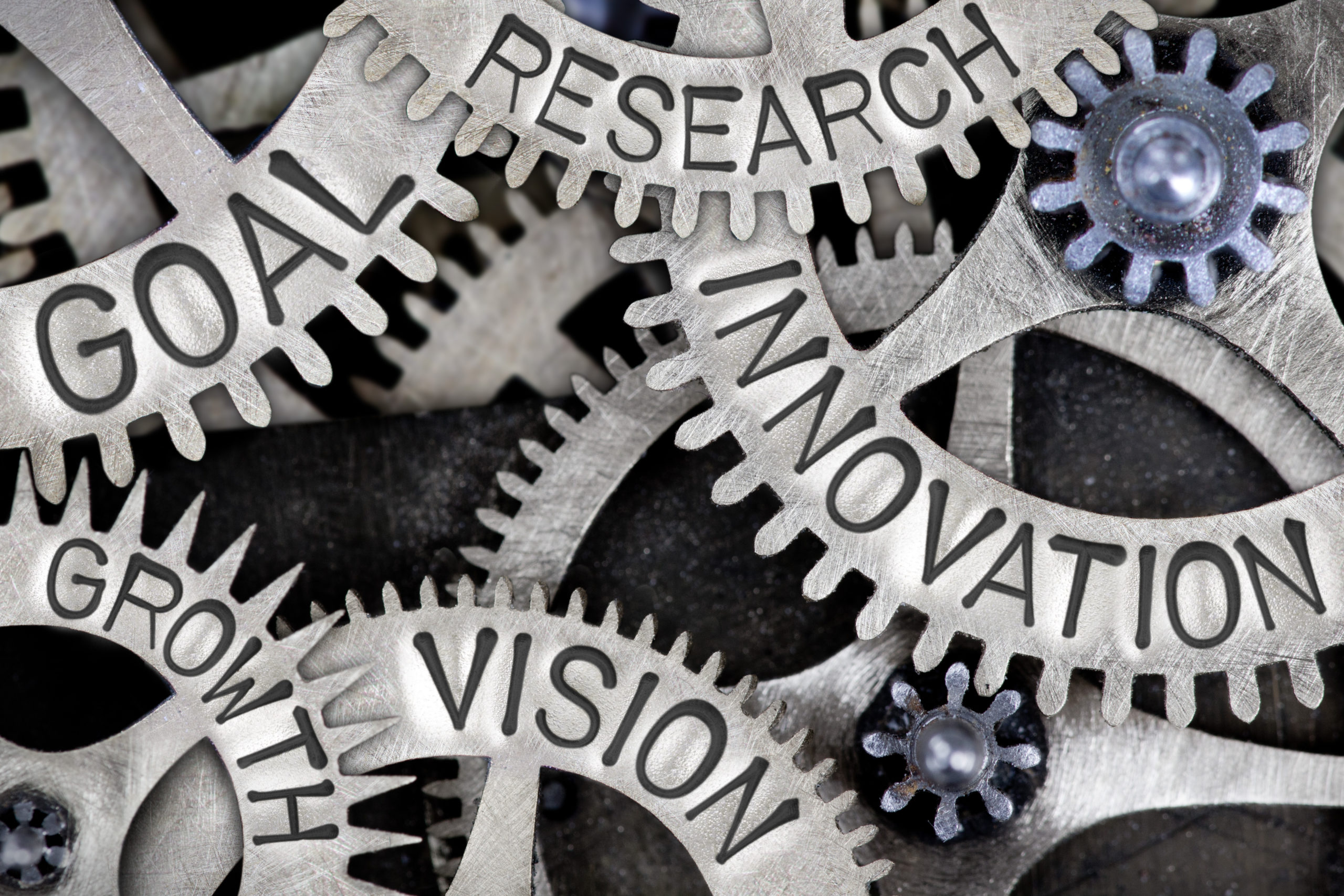The new Horizon Europe program (2021-2027) goes even further, expecting to deliver on societal, environmental, technical, scientific, economic and policy level. The new program is tied deep into the Green Deal priorities, which research and innovation is expected to contribute a great deal. Four Key Strategic Orientations (KSOs, 2021-2024) are set to fulfill those priorities2:
- Promoting an open strategic autonomy by leading the development of key digital, enabling, and emerging technologies, sectors, and value chains.
- Restoring Europe’s ecosystems and biodiversity and managing sustainably natural resources.
- Making Europe the first digitally enabled circular, climate-neutral and sustainable economy.
- Creating a more resilient, inclusive, and democratic European society.
The expected impact is further broken down to impact pathways consisting of project results, project outcomes and impacts. The expectations are higher than ever. Those are quite big shoes for one project to fill in.
All for one – one for all
The overall budget of the Horizon 2020 program was alone close to 80 billion Euros – that pools in approximately 35 420 projects2. The cross-cutting indicators of the H2020 are presented in images below. Scientific impact has been huge, 145 203 articles were produced (of which 59 % is open access), over 18 000 scientists with access to infra had participated in the projects3. Economic benefit has reached out to SMEs, and private sector participants, which concluded over 27 000 single participants2.
Furthermore, a whopping 94 % of Innovation Action dedicated funds went to projects with demonstration activities2. This type of funding is typically acutely needed as it helps bridge the ‘well known’ valley of death, where innovations are being scaled to higher technological readiness level (TRL) to reach market entry. It is common that during this phase, the economic risks and uncertainty are on their peaks, while cumulative investments add-on.
Sustainability contributions focused mostly on sustainable development (~67 %), partially on climate (~33 %), while focus on biodiversity was low (~6 %). Also, only 9 % of the projects had societal engagement activities. It is clear, that these are now more important and focal in the Horizon program. These are just however some key indicators showing how 35 420 projects contributed (and continue to) impact the bigger picture.
There is solidity in numbers, but how does one project go about changing the day today, tomorrow, and in the near and far future for the better?
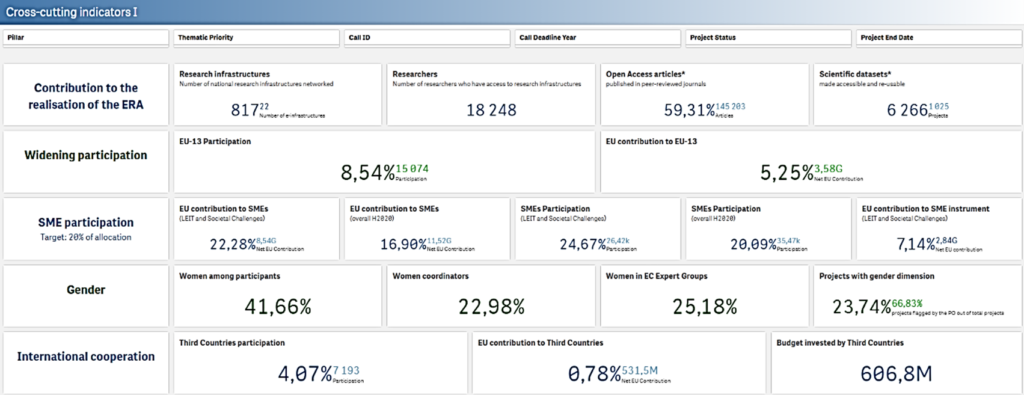
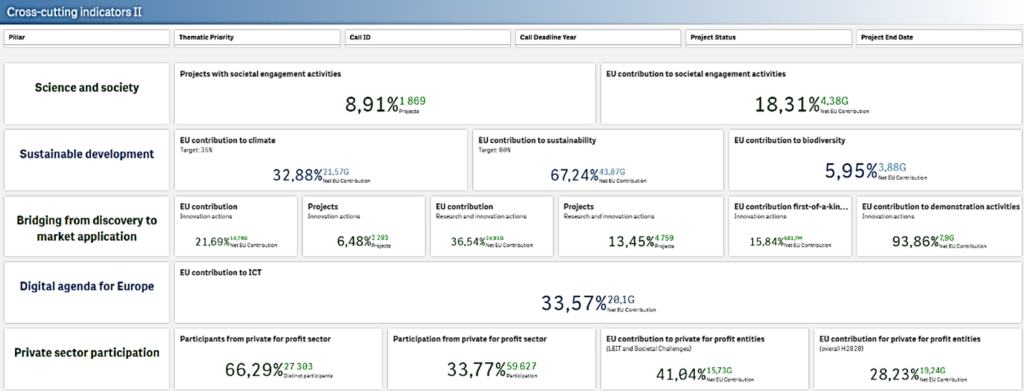
Creating impact, creating value: Case BIOSWITCH
Our BIOSWITCH H2020 project (06/2020-05/2022), which is funded by the Circular Bio-based Europe Joint Undertaking (CBE JU)4, has a great group of partners involved. Due to the pandemic, we have only met once, and that was also just partially as some were not able to travel. Still, we have managed to create a successful project with impact. We have been aiming high to:
- Raise brand owners’ interest in switching from fossil-based to bio-based products.
- Enhance brand owners’ involvement with and commitment to a circular sustainable society.
- Increase marketability of bio-based alternatives.
I will probably and hopefully never forget the words of a company representative who participated in one of our BIOSWITCH activities – “I did not really think that projects like this would make any difference”. This message has been further emphasized by anonymous feedback to our events and materials – “this was useful” or “I learned something new” or “I made new connections”. By the end of the project, we have had over 400 organizations involved, 81 clusters engaged and over 180 brand owners have been reached.
How have we done this?
The BIOSWITCH Toolbox
Based on extensive framework research (Click for available public deliverables), we have created the ultimate tool BIOSWITCH Toolbox. It allows especially brand owners to become aware of how switching to bio-based alternatives can have a positive impact on their business, environment, and society.
The Toolbox is divided into different levels to address different stages of knowledge and stage of transition to bio-based solutions: learning and awareness tools, adoption tools, consolidation tools. A simple Bio-based readiness self-assessment tool is provided so the brand owner can identify its readiness level, which will help navigate to the level-targeted materials.
Interest is raised by conveying how bio-based approaches can have a strategic impact on the company, as the transition from fossil to bio-based provide new strategic alliances, give a first-mover advantage, and improve consumer perception of the brand. This is achieved through the learning and awareness tools of the toolbox.
For those brand owners that have carried out the first steps of their bio-based transition journey, the adoption tools will allow them to advance or complete the process. Toolset includes for example insights about supporting organizations, strategies for bio-based aspects communication, help for value chain building and a tool for sustainability assessment simulation/calculation.
The last group of tools produced by BIOSWITCH are the consolidation tools, which aim to help brand owners to make the most out of all the efforts conducted when switching to bio-based approaches. Hints on how to motivate and convince staff about benefits from switching to bio-based are provided. Furthermore, awareness tools about Open Innovation to speed up the research, development and innovation activities are provided. Finally, a set of webinars delving into the particularities of four targeted sectors in BIOSWITCH (food, forestry, agriculture, and chemistry). Additionally, relevant outputs from other great projects that are deemed useful to support brand owners in their bio-based transition journey are also collected under additional tools.
Throughout the development and validation of the framework and Toolbox, we have had active engagement and involvement of relevant stakeholders. We have had four regional bio transition case studies developed, where real brand owners have brought their cases to the project. The four real-life cases were assessed for environmental and social sustainability, the environmental case was analyzed with the developed Sustainability assessment tool. We also had active workshops with the brand owners to match them with the value chain actors they are missing.
What’s next – do all shooting stars become falling stars at some point?
We are in the midst of replication and roll-out activities of the BIOSWITCH toolbox. Our BIOSWITCH project will come to its official end in May 2022. Then we are measured again how we have reached our goals and key performance indicators, and how we have created value and impact for the European bioeconomy.
The true measure, however, will be how the legacy of BIOSWITCH Toolbox will live on. The website will remain functional for 2 years after the project end, and the publications will remain available in public repositories. European Commission’s demand for open science, open access publications, public repositories and push for publications targeted for different stakeholders (including general public) has made sure that all projects will remain to inspire, educate, and inform – that is probably the greatest impact there can be, combined from all 35 420 projects.
Anna Tenhunen-Lunkka
Project Coordinator
[1] Horizon Europe Strategic Plan 2021-2024
[2] Cordis, H2020 projects
[3] Webgate dashboard EC Europa
[4] Previously known as Bio-based Industries Joint Undertaking BBI JU
